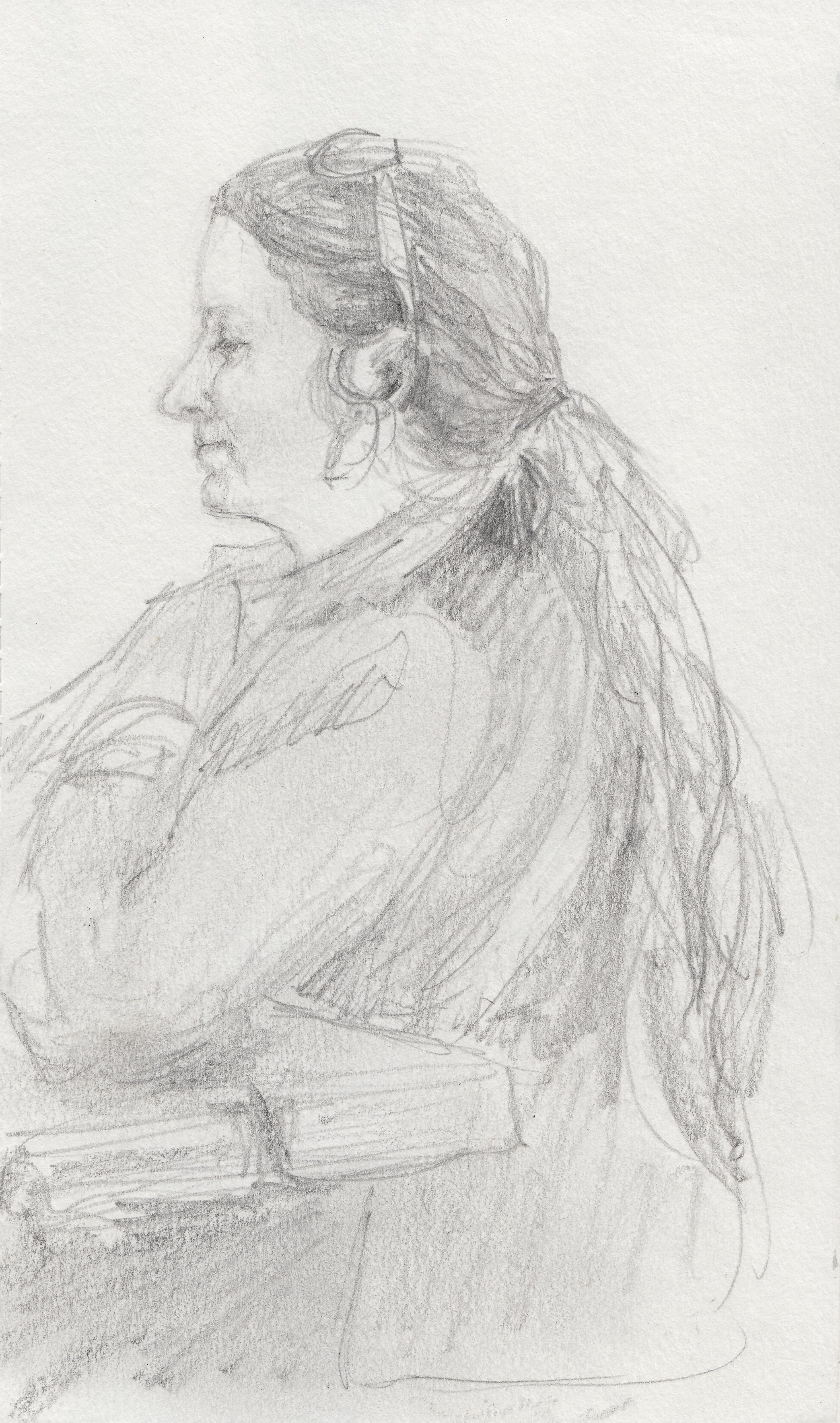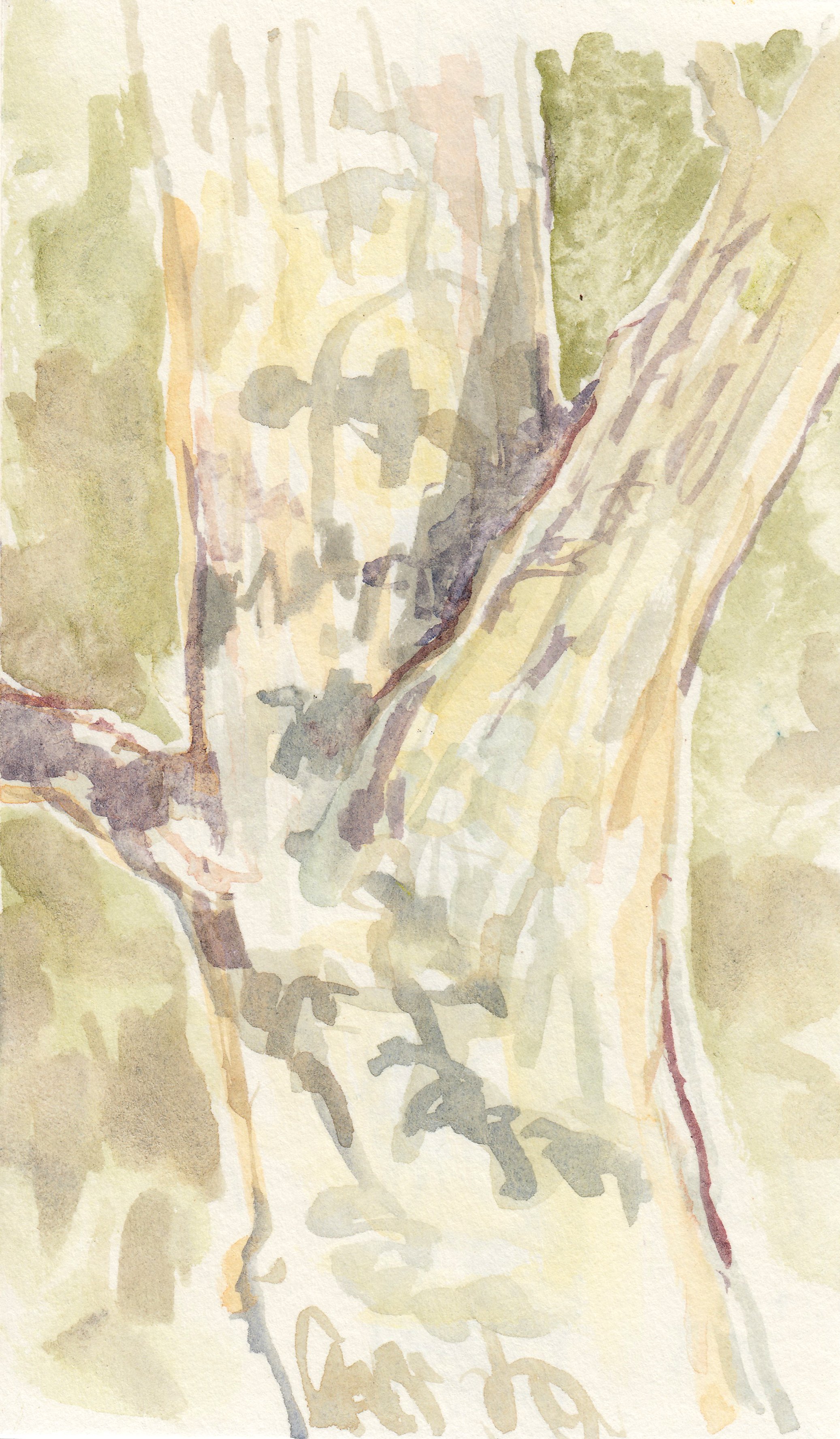Stone and Sea (and sketches for sale)
/This past winter, aka summer in the southern hemisphere, I returned to New Zealand (five years after my seabird adventures there) for a four-month project called Toka Tāiko.
Sandy Bay Dunes, 6x6" Watercolor
Toka means “rock” or “boulder” in te reo Māori, and this refers to one purpose of my trip: teaching sketching to a roving band of geology students from Carleton College. Tāiko is a word for seabird. Another purpose of the trip was to help seabird scientists with seabird research on seabird islands, picking up the threads from my project five years ago.
Between these two enterprises I covered a decent amount of ground (and water) from the Tongariro Alpine Crossing to the Southern Alps to the Mercury Islands, and was fortunate to steer clear of Cyclone Gabrielle along the way. Meanwhile, I did a whole lot of sketching. Which brings me to this news:
Original artwork for sale
I’m making a bunch of the original sketches from this trip available for sale. Check out available artwork here and use the “Inquire” button alongside any piece to ask questions or let me know of your interest. (For prints, visit here.)
Sign up for my newsletter to stay in the loop about future projects.











